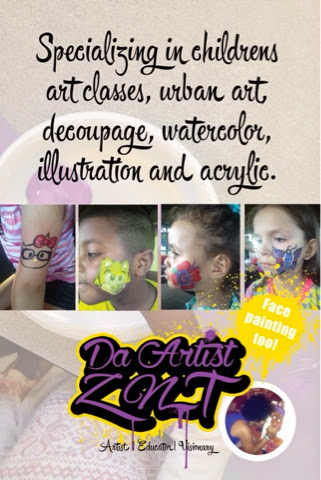Welcome and a very Happy Spring to you!
I would like to take this time to address the importance of documenting information in the classroom and in life in general.
So what is "Documentation"? Why is "Documentation" important?
Today I will strive to address these questions, provide points of reference, pictorial examples, and definitions.
So let's gets started.
Documentation by definition is: the collection of information or data through several means ones paper work and written observations, videos, pictures, samples of childrens work, tape recording of dialogue and other social interactions.
Examples of documentation gathering:
Anecdotal Notes
Developmental Checklist
Pictures
Work Samples
Videos
So why is this all so important? It provides us with a frame of reference.
In the classroom we can track developmental progress and assess the effectiveness of our teaching and learning.
I personally love documentation, but more specifically I enjoy snapping pictures because it helps trigger my memory of the 4 W's Who? What? Where? Why?
In the world of technology many of us use documentation everyday via social networking rather it be a blog, Facebook, Instagram or Twitter. This too is a form of documentation.
Here in the Art Studio for me taking a picture is all about capturing the moment!
Art is about creating and enjoying the process, but not always about the product.
Here in the studio children get to develop and make connections between art and real life objects and skills.
Theme: Transportation/Community
This picture depicts the development and enhancement of finemotor skills along with cognitive ability.
1. 3 point grip
2. Tracing
3. Attends and focuses on work
4. Child uses opposite hand to hold stencil in place.
Correlation and Correspondence
Here the child is developing finemotor ability but is also engaging in matching and real life connections.
1. Child matches color of traffic light to picture and colors cirlcle in red.
2. Child associates traffic light picture with traffic light out in the community.
Artistic Expression and Self Awareness
The above child was asked to draw a picture of herself in the community picture. No suggestions were made except please make sure you make all the parts of your body.
Here we can see several developmental domains in action along with other skills.
1. Cognitive Ability
2. Finemotor Skill
3. Prior Knowledge
The child is focused. She is holding the car in one hand while painting the wheels with the other.
Skills being used are:
1. Cognitive
2. Social Emotional
3. Finemotor
I hope you enjoyed taking a small glimpse into my Art Studio.
Let's talk about the 4 W's
Who: Young children in varying ages of development.
What: Well Art of course which at times can engage math, science, social studies and real life connections.
Where: The Art Studio a child friendly and appropriate space where young children are encourage to create freely based on themes or own interest.
Why: Art with in its self is a form of documenting as developing young artist you can see young childrens growth. Growth is represented through practice, prior knowledge, cognitive ability and awareness of self. Each child has their own ability to create work that is authentic to them. All children may not create a representational figure that has all identifiable body parts. However they can still create. The point is to keep going, keep trying, skills develop, grow with practice, consistency and ability over time.
Happy Spring and Happy Art
I now offer private art classes for children Ages 2-8 years of age. Feel free to email me if you are interested in a private home lessons.
Love and Light
DaArtistZNT





